The Hells Angels Motorcycle Club: A Deeper Look
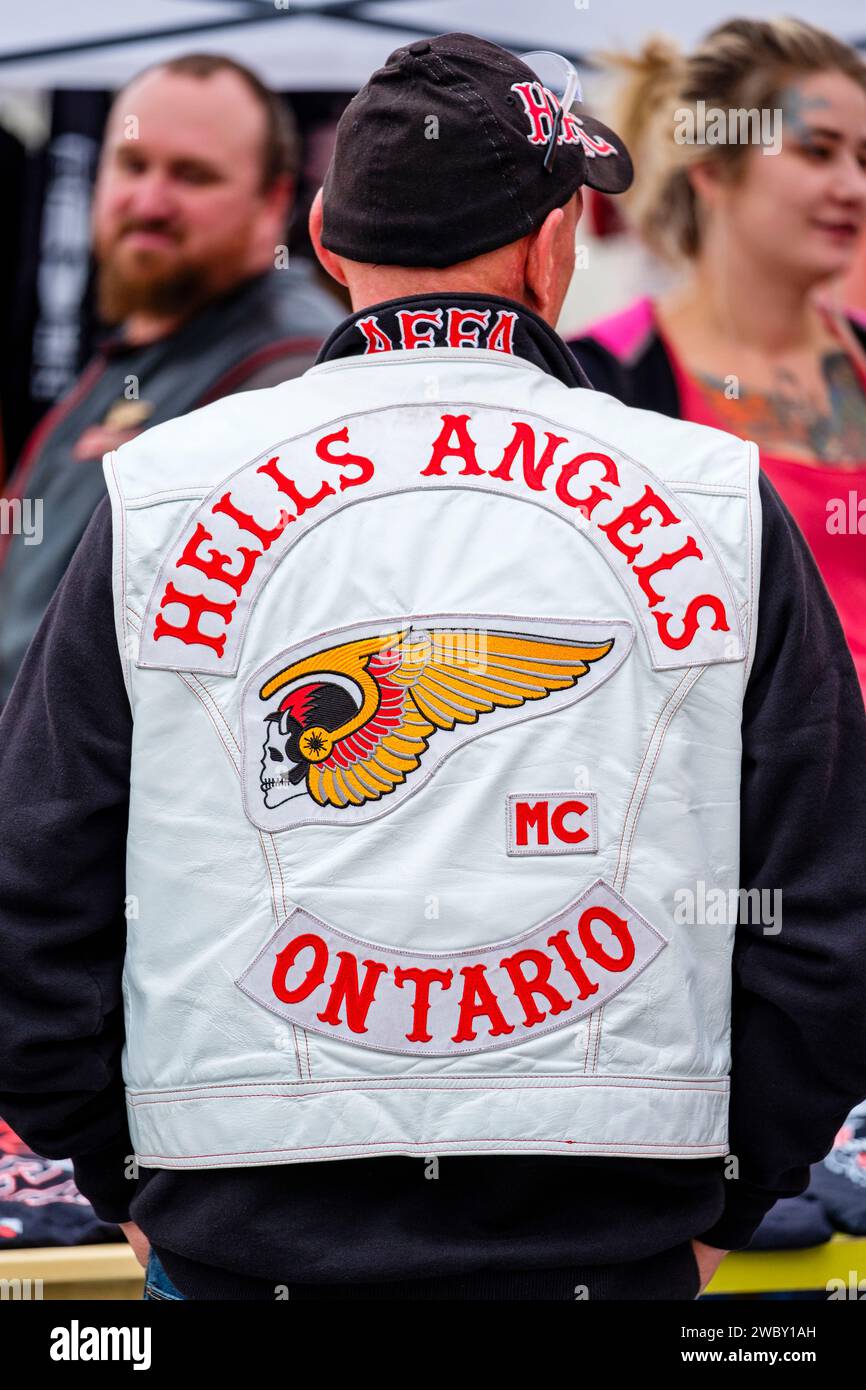
Table of Contents
A History of the Hells Angels Motorcycle Club
Early Years and Formation
The Hells Angels Motorcycle Club's origins trace back to post-World War II California. Founded in San Bernardino in 1948, the club's initial membership consisted primarily of veterans. Early activities included motorcycle racing, social gatherings, and, increasingly, clashes with law enforcement. This period laid the groundwork for the club's later development and its association with rebellion and nonconformity.
- Founding Location: San Bernardino, California
- Initial Membership: Primarily World War II veterans
- Early Activities: Motorcycle racing, social gatherings, early confrontations with law enforcement
- Early Challenges: Establishing territory and navigating the evolving biker scene.
Expansion and Territorial Disputes
From their humble beginnings in California, the Hells Angels expanded rapidly across the United States and internationally. This expansion involved establishing new chapters, often leading to significant territorial disputes with rival clubs like the Bandidos and Mongols. The club's growth was fueled by a combination of strategic recruitment, intimidation, and the allure of its outlaw image.
- Key Expansion Periods: 1950s-1960s, 1980s-present
- International Chapters: Canada, Europe, Australia, and other regions
- Territorial Conflicts: Violent clashes with rival OMCs over territory and resources
- Expansion Strategies: Recruitment, intimidation, and control of lucrative criminal activities.
The Rise of the "One Percenters"
The adoption of the "one percenter" moniker solidified the Hells Angels' image as an outlaw motorcycle club. This designation, adopted by several OMCs, signifies that they represent the one percent of motorcyclists who reject mainstream society and embrace a lifestyle outside the law. The "one percenter" image became deeply intertwined with the club's identity, attracting both members and notoriety.
- Meaning of "One Percenter": A designation used to distinguish outlaw motorcycle clubs from mainstream motorcycle groups.
- Adoption by Hells Angels: Embraced as a symbol of rebellion and defiance.
- Image Projection: Reinforces the club's outlaw image and attracts like-minded individuals.
- Impact on Public Perception: Contributes to the negative public image and fuels media sensationalism.
The Culture and Structure of the Hells Angels MC
Internal Hierarchy and Organization
The Hells Angels MC operates under a strict hierarchical structure. The "patch" system, a highly visible symbol of membership, denotes rank and status within the club. Initiation rituals are rigorous, and internal disciplinary processes are often severe. Roles such as President, Vice President, and Sergeant-at-Arms maintain order and control.
- The "Patch" System: A visible symbol of membership and rank.
- Membership Requirements: Stringent criteria for initiation.
- Initiation Rituals: Secret and often involve dangerous tasks or tests of loyalty.
- Internal Disciplinary Processes: Strict rules and punishments for violations.
The Hells Angels' "Lifestyle"
The Hells Angels' lifestyle revolves around motorcycle riding, club gatherings, and various activities, some legitimate and many illegal. While some public relations efforts attempt to portray a positive image through fundraising or community events, the reality is largely overshadowed by criminal activities. This duality presents a complex challenge in understanding the club's culture.
- Motorcycle Rallies and Events: Large-scale gatherings showcasing the club's image and power.
- Community Outreach (limited): Sporadic efforts to improve public perception.
- Image Projection to Outsiders: A carefully crafted image of brotherhood, rebellion, and freedom.
Clubhouses and Territory
Clubhouses serve as central hubs for Hells Angels operations and social life. Their locations are strategically chosen, often reflecting territorial control and providing a base for activities. These clubhouses are more than just meeting places; they are symbols of power and territory within the club's network.
- Location of Major Clubhouses: Strategic locations to exert territorial influence.
- Function as Gathering Places: Social events, meetings, and planning of activities.
- Importance in Territorial Control: Clubhouses mark the boundaries of their territory and power.
Controversies and Legal Issues Surrounding the Hells Angels
Criminal Activities and Allegations
The Hells Angels have a long and well-documented history of involvement in criminal activities. Allegations consistently include drug trafficking, violence, racketeering, and extortion. Numerous high-profile cases and trials have highlighted the club's alleged involvement in organized crime, leading to extensive legal battles and incarceration of numerous members.
- Specific Instances of Alleged Criminal Activities: Extensive evidence of involvement in various criminal enterprises.
- High-Profile Cases and Trials: Significant legal battles that have exposed the club's criminal activities.
- The Club's Stance on These Allegations: Consistent denial and attempts to deflect blame.
Law Enforcement Tactics and Responses
Law enforcement agencies employ various strategies to combat Hells Angels activities. These include infiltration tactics, using informants within the club, and prosecuting under RICO (Racketeer Influenced and Corrupt Organizations) Act statutes. International cooperation is also essential given the club's global presence.
- Infiltration Tactics: Undercover operations to gather evidence and disrupt activities.
- RICO Act Prosecutions: Using racketeering charges to dismantle the organization.
- Collaboration Between International Law Enforcement Agencies: Sharing intelligence and coordinating investigations across borders.
Public Perception and Media Portrayals
Media portrayals of the Hells Angels have significantly shaped public perception. While some documentaries attempt a more balanced view, the club's outlaw image is often sensationalized in movies and television shows. This sustained media attention contributes to both fear and fascination surrounding the Hells Angels Motorcycle Club.
- Stereotypical Portrayals in Movies and TV: Often depicted as violent and ruthless criminals.
- The Role of Sensationalized News Coverage: Exaggerated accounts that reinforce negative stereotypes.
- The Ongoing Debate About Media Bias: Discussion on the fairness and accuracy of media representations.
Conclusion
The Hells Angels Motorcycle Club remains a complex and controversial organization. Understanding their history, culture, and the legal battles they've faced requires a nuanced approach that moves beyond simplistic narratives. While their iconic image and alleged criminal activities often dominate public perception, the reality of the Hells Angels MC is far more multifaceted. This exploration has attempted to provide a deeper understanding of this notorious group. For further in-depth research on the Hells Angels Motorcycle Club, consider exploring academic studies and credible news sources. Remember to approach any information critically and consider various perspectives. Continue your investigation into the fascinating, yet controversial, world of the Hells Angels Motorcycle Club.

Featured Posts
-
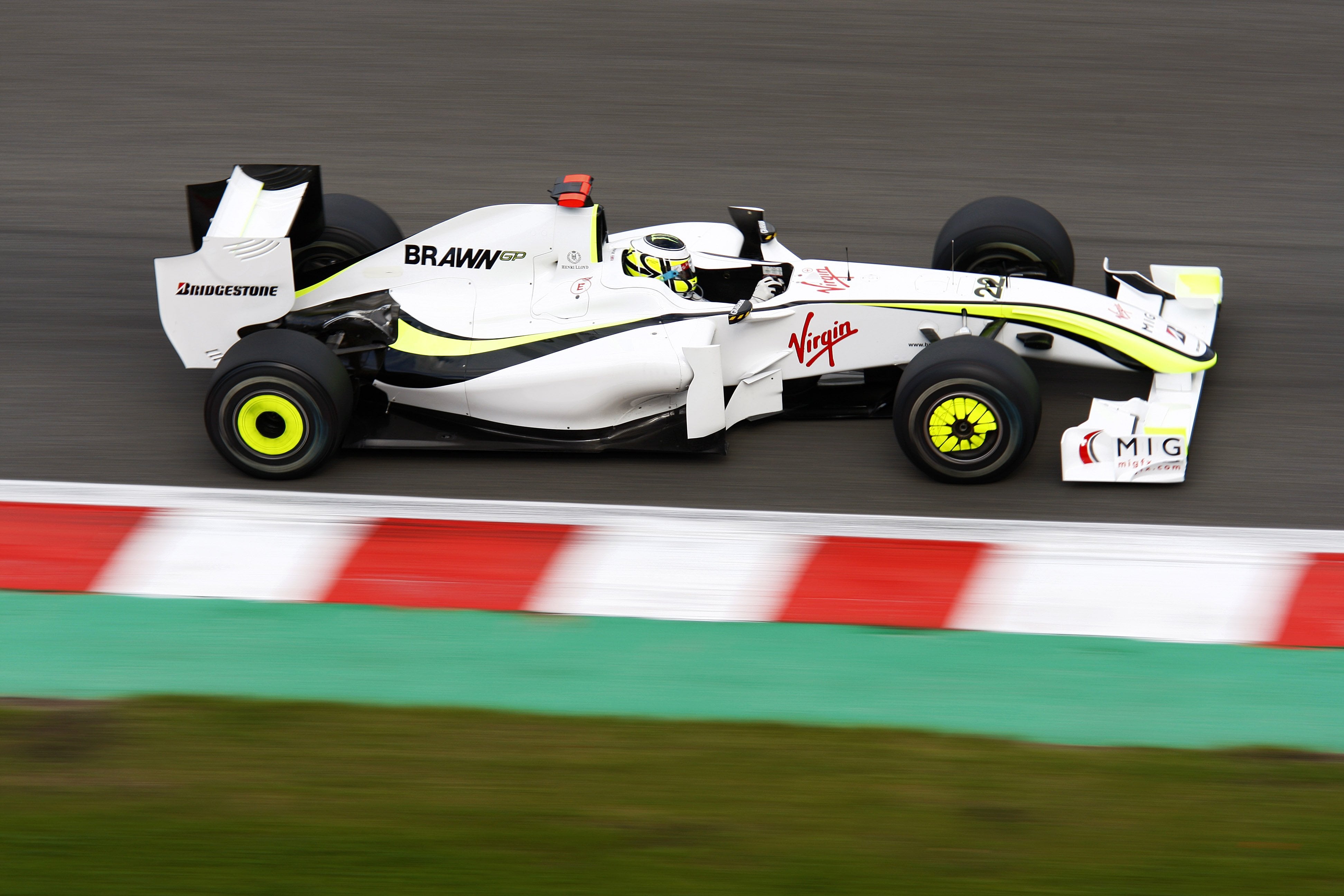 Jenson Buttons 2009 Brawn A Historic Formula 1 Moment
May 25, 2025
Jenson Buttons 2009 Brawn A Historic Formula 1 Moment
May 25, 2025 -
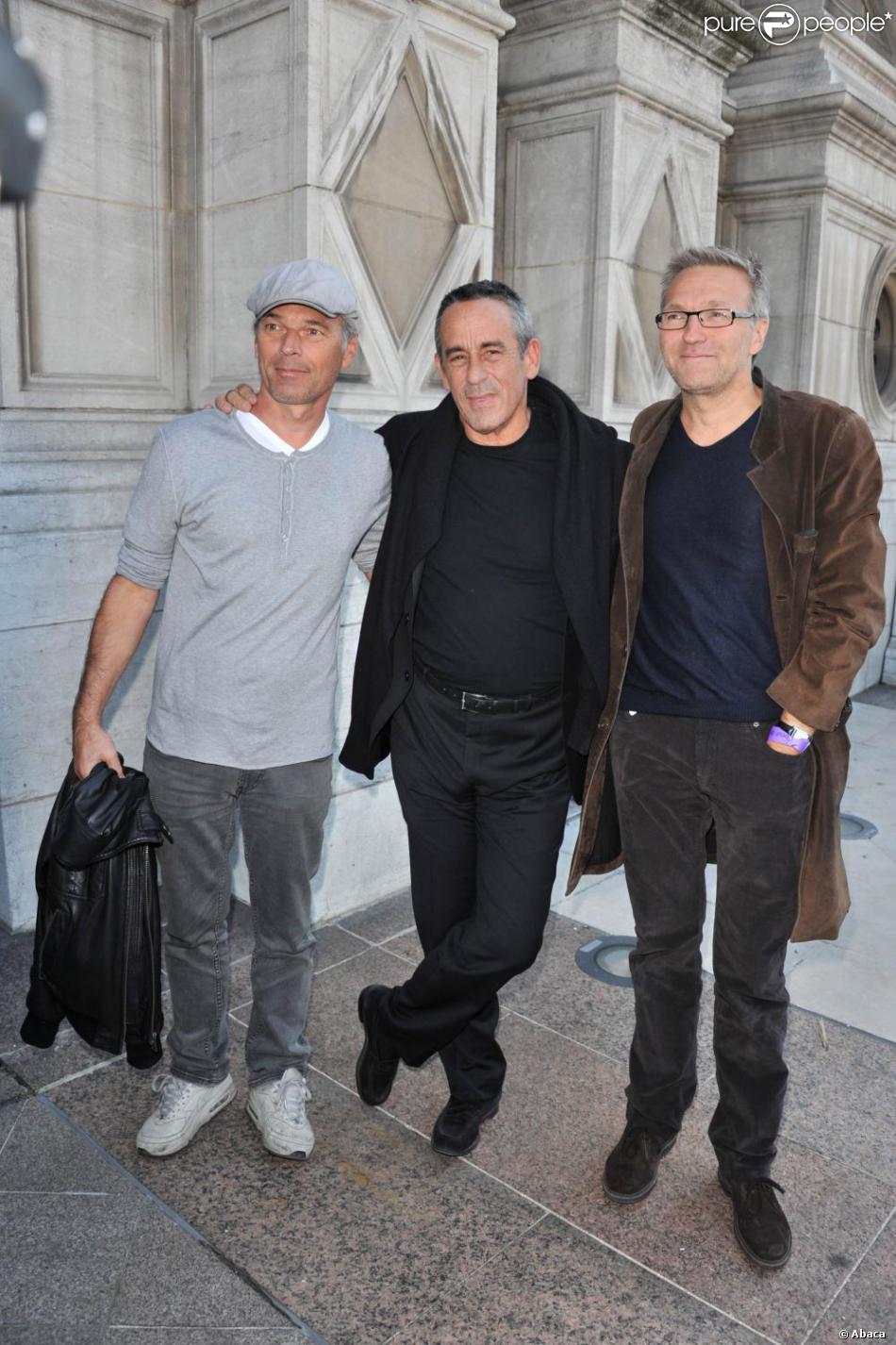 Thierry Ardisson Et Laurent Baffie Une Dispute Explosive Cracher Dans La Soupe
May 25, 2025
Thierry Ardisson Et Laurent Baffie Une Dispute Explosive Cracher Dans La Soupe
May 25, 2025 -
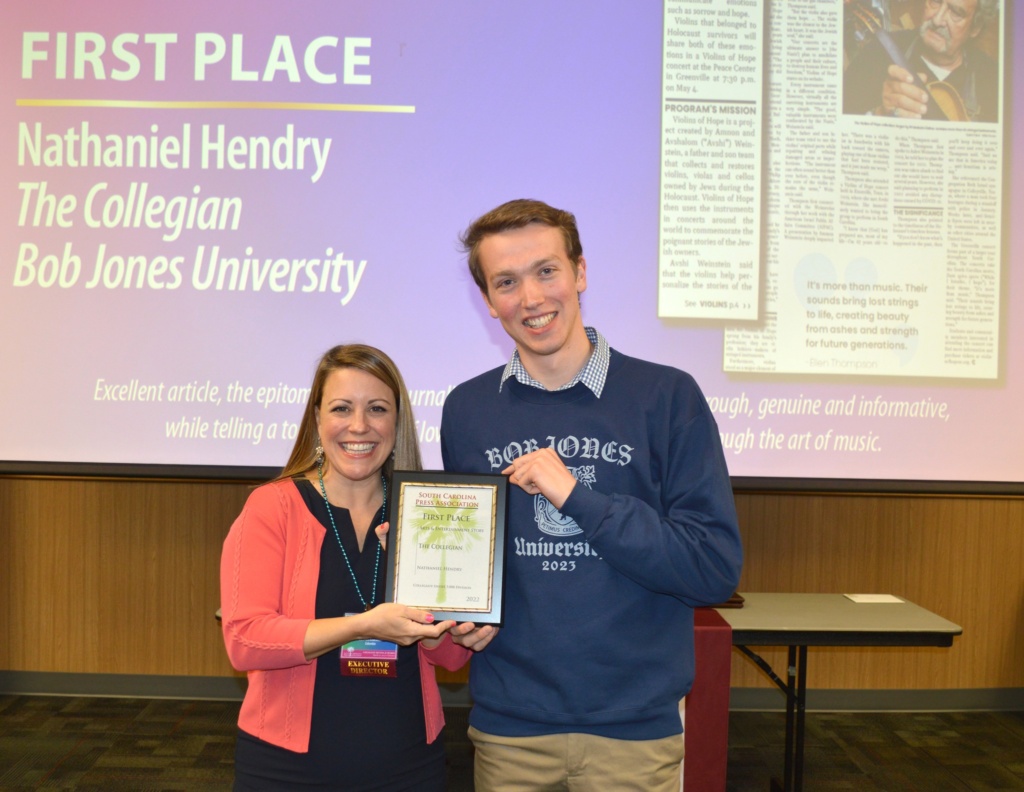 Myrtle Beach Newspaper Garners 59 Sc Press Association Awards For Excellence
May 25, 2025
Myrtle Beach Newspaper Garners 59 Sc Press Association Awards For Excellence
May 25, 2025 -
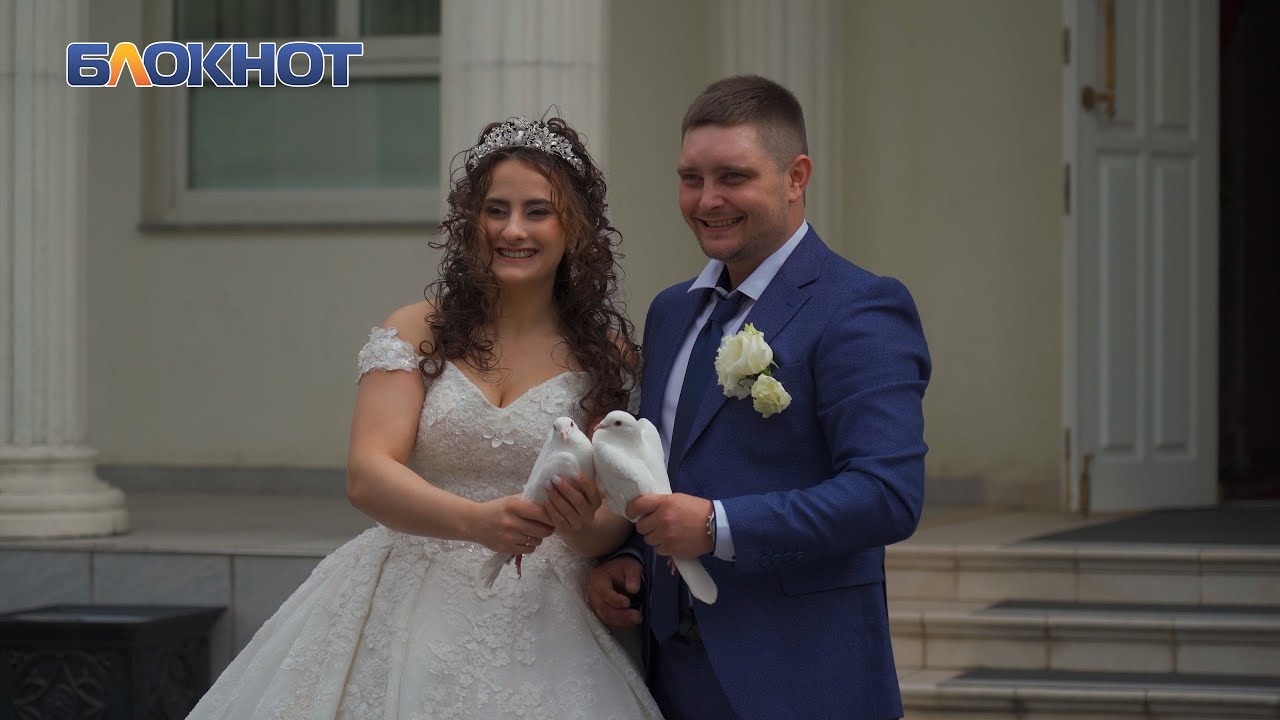 Kharkovschina Svadebniy Bum V Krasivuyu Datu 89 Novykh Semey
May 25, 2025
Kharkovschina Svadebniy Bum V Krasivuyu Datu 89 Novykh Semey
May 25, 2025 -
 Shooting Incident Prompts Safety Review At Popular Southern Vacation Spot
May 25, 2025
Shooting Incident Prompts Safety Review At Popular Southern Vacation Spot
May 25, 2025
Latest Posts
-
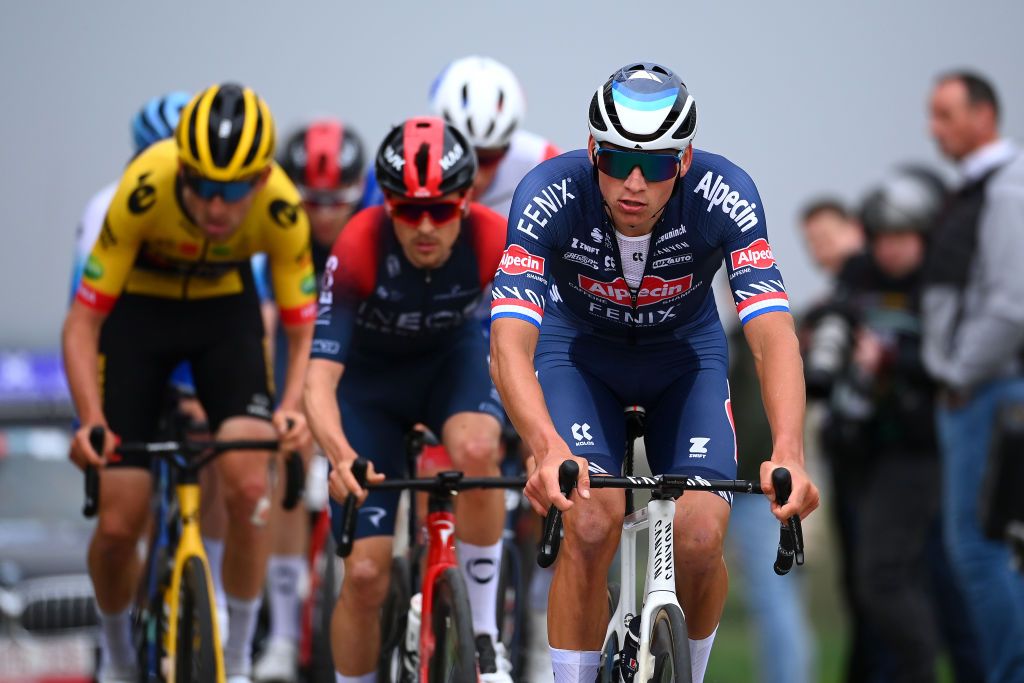 Van Der Poel Finishes Third Pogacar Over A Minute Back In Paris Roubaix
May 26, 2025
Van Der Poel Finishes Third Pogacar Over A Minute Back In Paris Roubaix
May 26, 2025 -
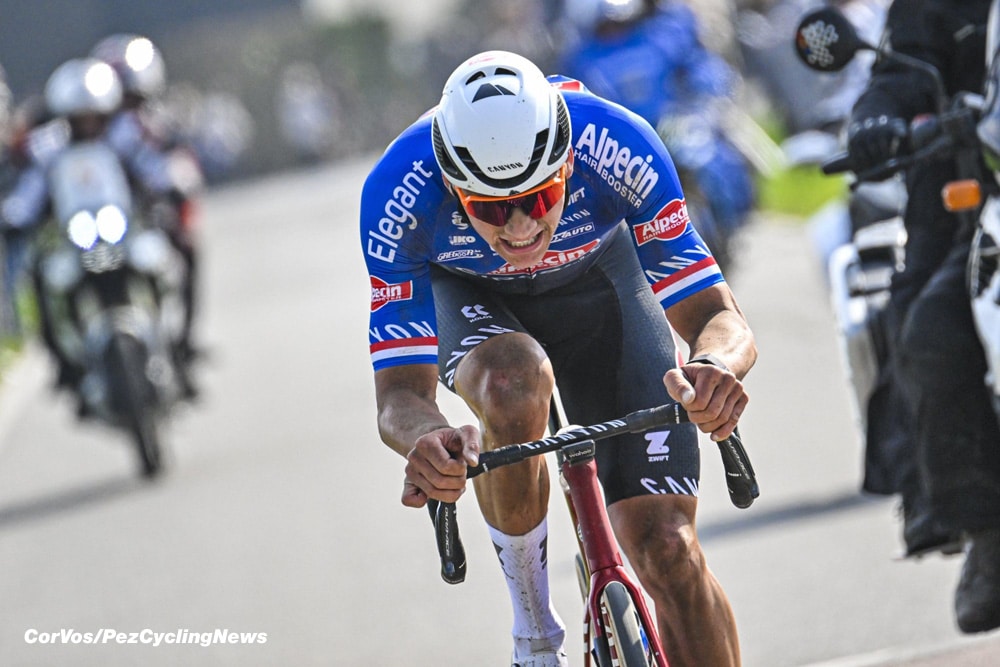 Paris Roubaix 2024 Van Der Poel Takes Third Pogacar Distant
May 26, 2025
Paris Roubaix 2024 Van Der Poel Takes Third Pogacar Distant
May 26, 2025 -
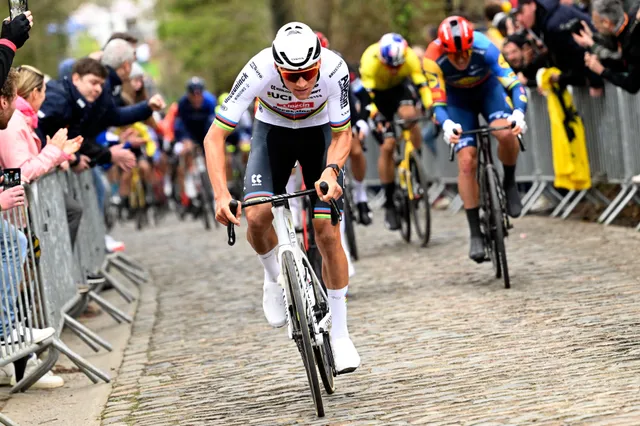 Van Der Poels Paris Roubaix Third Place Pogacar Lags
May 26, 2025
Van Der Poels Paris Roubaix Third Place Pogacar Lags
May 26, 2025 -
 Van Der Poel Third At Paris Roubaix Pogacar A Minute Behind
May 26, 2025
Van Der Poel Third At Paris Roubaix Pogacar A Minute Behind
May 26, 2025 -
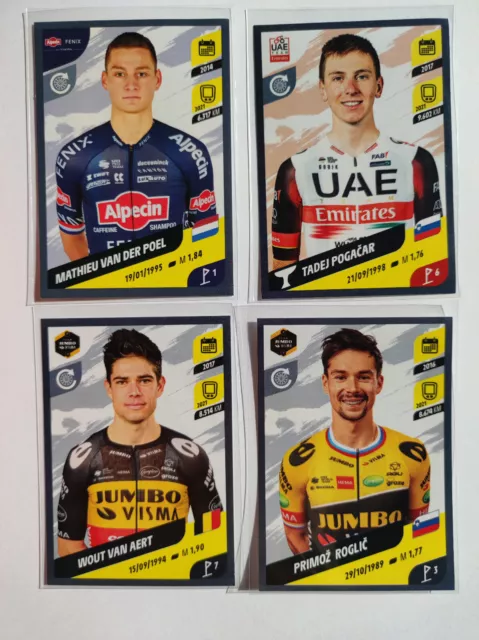 Mathieu Van Der Poel 300 Fine For Spectator Who Spat At Cyclist
May 26, 2025
Mathieu Van Der Poel 300 Fine For Spectator Who Spat At Cyclist
May 26, 2025
